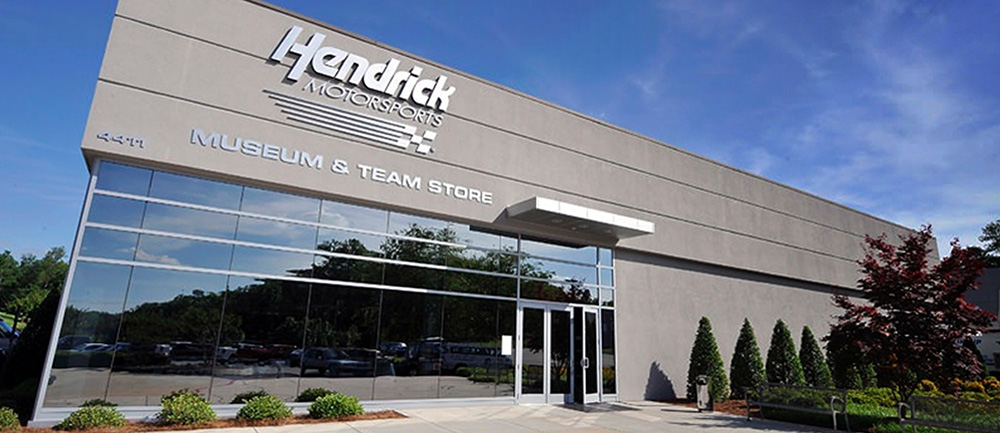
#EnduranceWeek: Engine performance critical for 600-mile Cup event
CONCORD, N.C. – Racing 600 miles is the ultimate endurance test when it comes to competing in the NASCAR Sprint Cup Series. Every aspect of the race car needs to be built the best it can be, starting with the heartbeat of the Chevrolet SS -- the engine.
This weekend, Hendrick Motorsports engines will produce 830 horsepower and are expected to turn an average of 2.2 million revolutions. That stress adds up, so the Hendrick Motorsports engine department does its best to limit the amount of laps and cycles turned on the engine prior to race day without compromising performance.
That strategy historically has served Hendrick Motorsports drivers well. When competing in NASCAR’s longest race, their engines have propelled them to 10 victories, 27 top-five finishes, 40 top-10s and carried them to the finish in 93.88 percent of 98 starts (29 races).
#EnduranceWeek: Watch Sunday's Sprint Cup event at 6 p.m. ET on FOX; listen live on PRN.
But the trick to longevity isn’t what the employees do in the engine shop. It’s what they don’t do.
New engines are built for every Cup race, and once an engine is assembled – typically a week-long process – it is turned over for quality control. Before that engine ever turns laps around the racetrack, it must first go through tests on the dynamometer. Running an engine on the dyno is vital to reaching its optimal potential.
“We are the last people to crank them, the last people to touch them before they go to the car shops,” said Jared Morris, engine dyno tech since January 2005. “We try to make sure that we don’t have an engine that runs way better than another or worse than another. It’s all about the consistency with the product that we send to the racetrack.”
That approach is taken for every race, including the 600, and Hendrick Motorsports engines whether leased or not run within three horsepower of one another. The only differences when preparing an engine for Charlotte’s 600-mile event involve running it less on the dyno and at the 1.5-mile track.
“We actually try to keep the cycle count down on the 600 engine,” Morris said. “When you factor in the practice time and the amount of time we put on it in the dyno, usually two hours, we want to limit how much we run the engine overall.”
Danny Emerick has been with Hendrick Motorsports since November 1996, and he also served as the engine tuner during four of Jimmie Johnson’s Sprint Cup championship runs (2006-2009). He reiterated Morris’ sentiment, saying, “We are cognizant of the amount of laps we run in practice. We want to limit the amount of laps and not just go out there and make unnecessary laps since the race is an extra 66 laps (compared to the 334-lap event in Charlotte in October).”
Additionally, Hendrick Motorsports relies upon Quaker State oil to keep the Chevy’s heartbeat running strong, particularly in the 600-mile event.
“Quaker State has been one of the biggest attributes to helping our engines make it all 600 miles,” Emerick said. “They’ve just always seemed to be one step ahead of the next guy.
“This 600-miler has a tendency to bring tiny little problems to the surface,” Emerick added. “It’s the ultimate test on a Sprint Cup engine.”
Despite the meticulous preparation by Emerick, Morris and every engine shop employee at Hendrick Motorsports, the nerves often ratchet up once the 600 goes green. But the reward of going to Victory Lane is worth the stress that comes with almost four hours of holding your breath.
“It’s definitely better to win this one,” Morris said. “You feel better overall. It’s definitely an accomplishment.”







